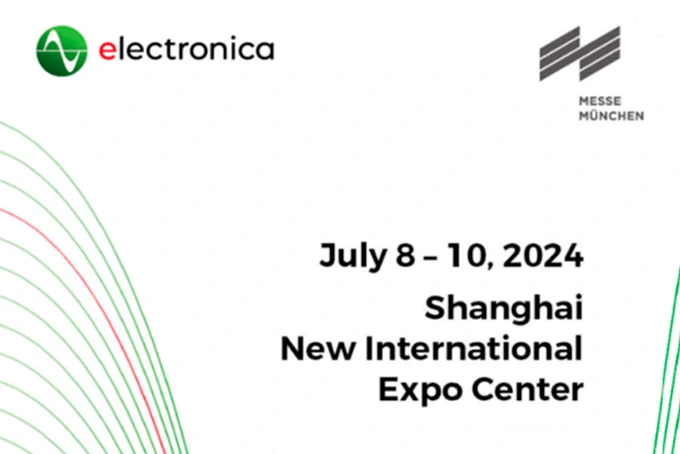Ferrite core inductors are widely used in many electronic devices due to their compact size and efficient magnetic properties. However, when it comes to high current and high power applications, there are important considerations to take into account. In this blog, we will explore whether ferrite core inductors are capable of handling high current and power demands, focusing on their advantages, limitations, and comparisons with other types of inductors.
A ferrite core inductor is an inductor that uses a ferrite material as its core. Ferrite is a ceramic compound made from iron oxide and other metallic elements. These cores are widely used in inductors, transformers, and other wound components. The key advantage of ferrite core inductors is their high magnetic permeability, which allows them to efficiently manage magnetic fields in high-frequency applications. Additionally, the low electrical conductivity of ferrites reduces eddy currents, making them highly efficient for high-frequency circuits.
However, while ferrite cores excel in certain conditions, their limited saturation flux density may make them unsuitable for handling high currents or high power situations. Let’s explore why.
Ferrite core inductors come with distinct benefits, particularly for applications that require low to moderate current.
High Magnetic Permeability: Ferrite materials are known for their ability to efficiently channel magnetic fields, which makes them ideal for high-frequency circuits.
Low Eddy Current Losses: The low conductivity of ferrite material minimizes eddy current losses, which is a crucial advantage in applications where energy efficiency is key.
Compact Size: Ferrite core inductors are small in size, providing high inductance values without taking up much space. This is particularly valuable in power supplies, radio-frequency circuits, and compact designs.
These characteristics make ferrite core inductors excellent choices for many high-frequency applications, such as in radio-frequency circuits or small power supplies. However, when it comes to handling high current or high power, ferrite cores show their limitations.
While ferrite core inductors are efficient in high-frequency, low-to-moderate current applications, they face significant challenges in high current and high power systems.
Limited Saturation Flux Density: One of the main limitations of ferrite core inductors is their relatively low saturation flux density. Saturation flux density refers to the maximum magnetic flux a material can handle before it becomes saturated and can no longer store magnetic energy efficiently. Ferrite materials have a lower saturation flux density compared to materials like iron or silicon steel. As a result, ferrite core inductors are prone to saturation in applications with high current, making them less suitable for high-power systems.
In high-current power applications, where large amounts of current need to be managed, other materials with higher flux density, such as iron core inductors, are often the better choice.
Air Core Inductors: These inductors are typically used for high-frequency applications where minimal losses are required. They have no core losses (e.g., no hysteresis or eddy current losses), making them highly efficient at very high frequencies, but they are not suitable for handling high current demands due to their lower inductance.
Ferrite Core Inductors: While ferrite cores perform well in high-frequency environments, their inability to handle high current limits their use in more current-intensive applications.
Iron Core Inductors: Iron core inductors are better suited for handling high current because iron has a higher saturation flux density. These inductors are ideal for low-frequency and high-power applications, such as in large transformers. However, they have higher losses at high frequencies due to eddy currents and hysteresis, making ferrite cores more suitable for those scenarios.
Ferrite Core Inductors: While ferrite cores offer higher inductance in a smaller size, they are not suitable for applications requiring high power due to their limited ability to handle high magnetic flux before saturation.
In conclusion, ferrite core inductors are excellent for high-frequency and low-to-moderate current applications due to their high inductance, small size, and efficient magnetic properties. However, their low saturation flux density makes them unsuitable for handling high current and high power demands. For high-power systems, especially those requiring significant current handling, it’s better to turn to other inductor materials, such as iron core inductors or other high-flux-density materials.
If your application involves high current and power requirements, consider consulting with inductor manufacturers who can provide custom solutions, such as high-current power inductors, to ensure you are using the right inductor for your specific needs. Reviewing datasheets and considering thermal management can also help optimize performance in demanding applications.
